Microsoft Exchange is the cornerstone for email in many businesses. And a quick poll of the users in the room during this session indicated that the majority of those users are running Exchange on-premise and not Office 365’s flavor of Exchange. So, we were all extremely interested to here where things are going in terms of development in Exchange. This session focused on the future features with previews of some of these feature in Office 365 hosted Exchange and slides showing others. It was intended to be an overview of where things are going for development, but didn’t delve deeply into any one of the features or the technical layers below them.
The development cycle for Exchange has changed some, as many customers witnessed for the first time with Exchange 2013. The newest version of Exchange released to customers on Office 365 before the on-premise version released and our speakers Pavani Haridasyam and Ef Regalado attributed the switch to the nature of cloud and the ability to iterate and release more often on the cloud platform. The development cycle is to first release the newest features internally to Microsoft employees and after getting bugs worked out and feedback from users, those changes are pushed to Office 365 customers and will ultimately be incorporated into a future on-premise version of Exchange. But Microsoft chose to keep all Exchange development, both for the cloud and for on-premise, with a single team in order to keep things consistent for all customers.
Investment in Exchange has not slowed and a considerable amount of effort has been going into creating new features that customers are requesting and that Microsoft believes customers need. This session focused on three major areas of development for customers on Exchange – Security and Compliance, Working Smarter, and Social Email.
In terms of security and compliance, Microsoft has been taking the Exchange compliance views and been working towards creating a unified compliance console for Exchange, SharePoint and Lync. The compliance center aims to be user friendly tool for non-technical compliance officers in companies to perform their job functions – power with usability.
Data loss prevention is also another major focus in the security and compliance area – with the ability to fingerprint documents in Exchange and then pinpoint those to ensure that they do not get sent out of the company. The DLP features are also extended into the OWA apps for mobile devices in attempts to ensure that documents do not leak through email. S/MIME has also been added in the OWA interface, which many customers have requested.
The Exchange team is also working diligently on features that help people work smarter with their email. Admitting that many customers are overwhelmed by the volume of email they receive, OWA has a new People View or Personalized Inbox feature that lets you easily view email with a particular person from an easy People list in the sidebar. This is one of the features making its way into Office 365 hosted Exchange now. In addition to the arranagement by people, the Exchange team has been working to improve collaboration of documents with integration to OneDrive for Business to ‘attach’ files – which are actually stored in OneDrive rather than being attached to an email, which is quickly outdated. It allows for multiple people to collaborate in a document in real time using Office Web Apps and all changes to be stored and updated centrally, rather than having to email multiple revisions between people. Enhanced previews are also a part of Outlook Web App, so that when you paste in a URL, it will give you a Facebook-like preview of the URL and the ability to copy and paste in images is now supported in Office 365 hosted Exchange and will be included in a future on-premise version of Outlook Web App.
Pushing collaboration even further, the Exchange team has been working on a new Groups functionality to allow for social interaction with integration into Yammer. The team is working to unify groups which have existed in various forms in AD and Exchange and in SharePoint separately. The unified approach should allow for things to be logically located and less overlap in features or function to exist between the Microsoft platforms. Azure Active Directory is the mast of the Group identities according to the slides presented and it will be federated with other Office 365 apps. Notifications are sent to groups members when changes are made, but they are not overwhelming in the way that email notifications have in the past – instead they are collected into the unified group. Email conversations and calendars are stored in Exchange. Documents, OneNote and lists are stored in SharePoint and Yammer will be the group feed of activities. The Yammer piece has yet to be implemented.
 Microsoft’s Marc Farley offered one Microsoft solution during his session, The StorSimple Approach to Solving Issues Related to Growing Data Trends. Utilizing StorSimple, a Microsoft owned company, businesses can implement a third tier of storage in the cloud. But storing data in the cloud comes with its own set of challenges. The folks behind StorSimple recognized that most data in the cloud is stored in objects – not file and block like traditional datacenter data. Moving data back and forth between the cloud presents problems because you have to change the data type from file or block into objects going into the cloud and from objects back to file or block from the cloud. StorSimple is a solution to that problem by natively storing the data in object stores locally and providing companies with the ability to transport these objects into the cloud for backup, archive and off-site storage all the while providing applications with fast access to the data on-premise.
Microsoft’s Marc Farley offered one Microsoft solution during his session, The StorSimple Approach to Solving Issues Related to Growing Data Trends. Utilizing StorSimple, a Microsoft owned company, businesses can implement a third tier of storage in the cloud. But storing data in the cloud comes with its own set of challenges. The folks behind StorSimple recognized that most data in the cloud is stored in objects – not file and block like traditional datacenter data. Moving data back and forth between the cloud presents problems because you have to change the data type from file or block into objects going into the cloud and from objects back to file or block from the cloud. StorSimple is a solution to that problem by natively storing the data in object stores locally and providing companies with the ability to transport these objects into the cloud for backup, archive and off-site storage all the while providing applications with fast access to the data on-premise.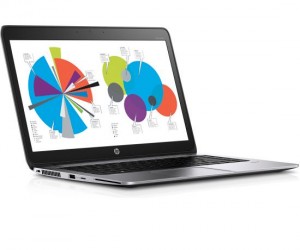 For the next week, I really want to try and give the Elitebook Folio a good run through and the only way for me to do this for sure is to leave my Mac behind. I’m writing this post on the new Elitebook and I can already feel many similarities between it and my Mac. The keyboard is very familiar to a Mac user. The display is great in terms of resolution and brightness. The trackpad is different – enough so that HP packages a how-to video about the trackpad, but as a Mac user I do miss multi-touch jestures. When I unpacked the Elitebook, I was very impressed with how lightweight but sturdy the hardware felt. I promise a full review of the hardware after I’ve given it a solid test.
For the next week, I really want to try and give the Elitebook Folio a good run through and the only way for me to do this for sure is to leave my Mac behind. I’m writing this post on the new Elitebook and I can already feel many similarities between it and my Mac. The keyboard is very familiar to a Mac user. The display is great in terms of resolution and brightness. The trackpad is different – enough so that HP packages a how-to video about the trackpad, but as a Mac user I do miss multi-touch jestures. When I unpacked the Elitebook, I was very impressed with how lightweight but sturdy the hardware felt. I promise a full review of the hardware after I’ve given it a solid test.
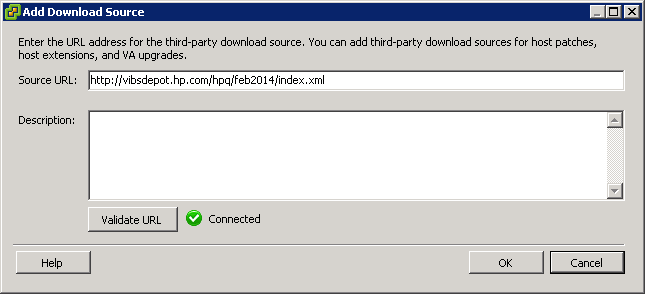

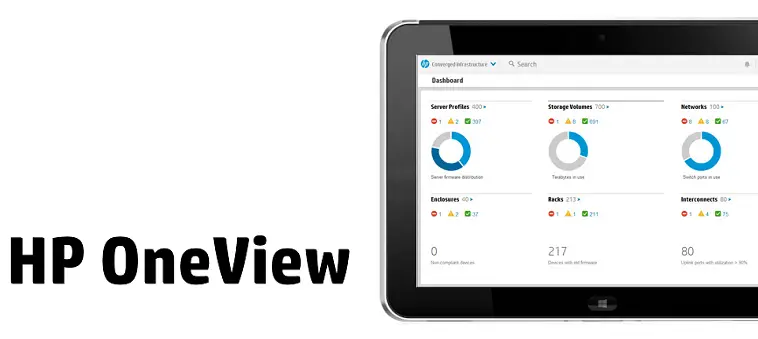

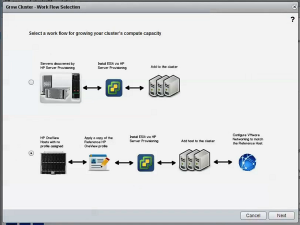
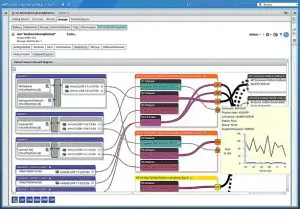

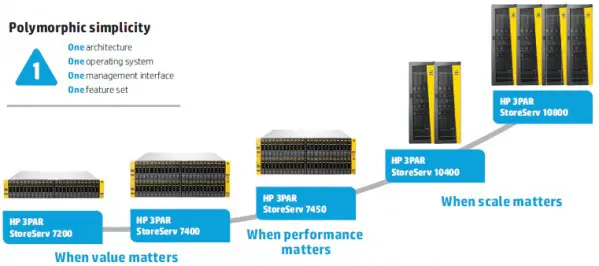






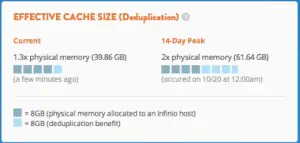

 HP announced its
HP announced its 